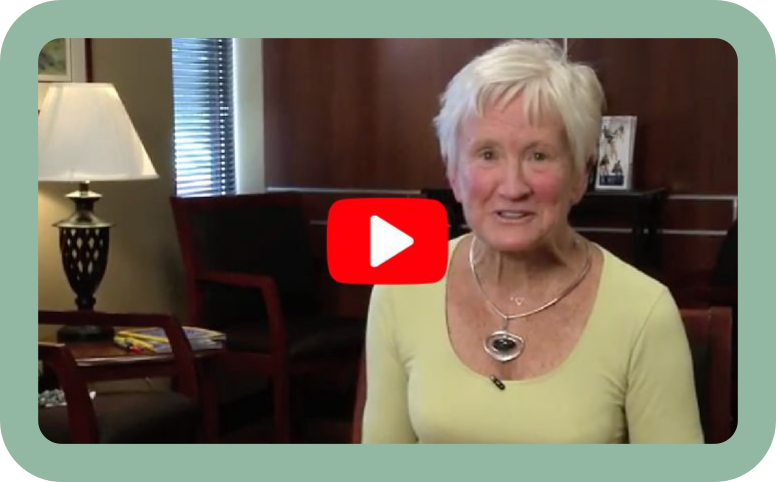Contact us today.
Varicose Veins
Why is it wise to seek treatment for varicose veins?
In addition to pain and the impact on your quality of life, varicose veins are a condition that will not get better left untreated. In fact, it will get worse over time. Without treatment, there is a risk of darkening of the skin, chronic swelling and difficult to treat open wounds called venous stasis ulcers. Ignored, it may also lead to a condition called stasis dermatitis that often causes a red rash on the legs and the skin may become shiny, hairless and develop brownish discolored areas. Watching and waiting is not an advisable course of action. The question to ask is not should you seek treatment, but when?
Overview of Varicose Veins
Major Veins in Legs
Varicose veins are enlarged and often painful blood vessels that do not discriminate between men or women, young adults or senior adults. According to the U.S. Department of Health and Human Services, nearly 50 to 55 percent of women and 40 to 45 percent of men in the United States suffer from some type of vein problem. Varicose veins affect half of people 50 years and older. Heredity is the leading cause of varicose veins and this condition will often affect multiple family members. Other factors include certain life events such as pregnancies, trauma to the legs from accidents or surgery, and jobs that require long periods of standing or sitting.
What are varicose veins?
Varicose Veins
In healthy veins, one-way valves inside the vessel ensure that blood flows in only direction – towards the heart.
In varicose veins, these valves fail to work properly and blood flows backwards, pooling in the vein. This abnormal blood flow is called venous reflux and dilates and stretches the vein beyond its normal size. This can lead to bulging, twisted veins on the surface of the leg. Sometimes these enlarged veins are deeper inside the leg and cannot be seen on the surface of the leg but can be seen with the help of ultrasound. Either way, these varicose veins can lead to symptoms such as pain, aching, cramping, itching, burning, swelling, heaviness, tiredness, fatigue and restlessness in the legs. Many times these symptoms will be worse at the end of the day or after periods of prolonged standing.
Varicose veins that have been left untreated for many years may lead to a condition called stasis dermatitis. This condition will often cause a red rash on the legs and the skin may become shiny, hairless and develop brownish discolored areas.
Risk Factors
The strongest risk factors for varicose vein disease include: family history/genetics, gender, age and pregnancy. Because of hormonal factors, vein disease is more common in women than men. There are also modifiable risk factors such as obesity which also increases one’s risk.
Symptomatic Relief
Exercise is good for venous health. The calf acts as a ‘second heart’ pumping blood back to the heart. Walking promotes venous return and, with leg elevation, can be beneficial. In addition, the avoidance of standing or sitting for prolonged periods can help.
Prevalence
Approximately 23% of adults in the United States have varicose veins.

